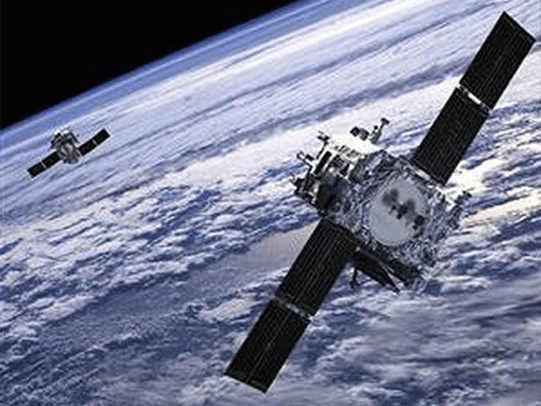Nasa Satellite Low on Fuel to Fall Soon
A Nasa satellite launched in 1997 to measure precipitation over the tropics will fall down soon.

A Nasa satellite launched in 1997 to measure precipitation over the tropics will fall down soon.

The Tropical Rainfall Measuring Mission (TRMM) satellite is running low on fuel and with no way to get a fresh tank up to the orbiting spacecraft, Nasa engineers are content to let it gradually fall to a fiery end, the US space agency said in a statement.
The craft will gradually come down into lower orbits until it enters earth's atmosphere, where it is expected to burn and fall to harmless pieces.
"TRMM has met and exceeded its original goal of advancing our understanding of the distribution of tropical rainfall and its relation to the global water and energy cycles," said Scott Braun, TRMM's project scientist at Nasa's Goddard Space Flight Centre.
A joint project between Nasa and Japan Aerospace Exploration Agency (JAXA), the satellite made history as a pioneer craft for climate monitoring from space, boasting the earth's first orbital precipitation radar.
TRMM data has been key to track climate change as its data was used for tropical cyclones, floods, landslides and drought.
The TRMM was initially intended to function for a three-year mission, but the craft has now spent 17 years orbiting the Earth.
Its successor, the Global Precipitation Measurement (GPM) Core Observatory, was launched on February 27 this year.
IANS
